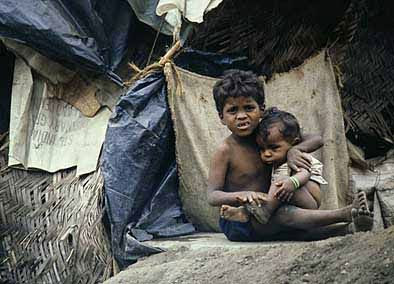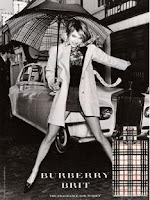World Press Photo was an obvious choice of research source to gain valuable and inspirationalinsight into photojournalism and photography based around this key issue. What completely astounds me regarding the photographs entered into the World Press Photo competition is the breathtaking content that has been captured. It amazes me to think that that photographer stood before the scene and experienced it through their lens, being a part of the epic situation and atmosphere. It was interesting to reconsider what I had just experienced, as the spectator observing that very photograph, and how different my situation was to that photographer at the time of the shot.
Whilst flicking through the World Press Photo 2008 editorial I was shocked by the imagery in the majority of the photographs, astounded by their ‘real’ nature, I was looking at something that actually happened, so gruesome in many cases, however within seconds had forgotten what shear emotion I just experienced and that photograph no longer remains in my thoughts.
Baudrillard highlights an interesting theory that when we look at photographs we take an armchair position, which allows us to witness the danger portrayed in a very safe environment and displaced reality. As Baudrillard (1993) suggests…
‘We are just bombarded with information rich images every moment of our lives, and the only way we can cope with this, the only was we can resist the power of this information to take over our lives, is to accept the images only as signifiers, only as surfaces, and to reject their meanings, their signifieds. Consider television news. It is simply a succession of surface images, or signifiers, for the viewers to experience. People cannot recall last night’s news because there is nothing to recall, there are only images, only signifiers to experience.

The World Press Photo of the year 2008, above, is by photographer Tim Hetherington, titled ‘American Soldier resting at bunker’, photographed in Korengal Valley, Afghanistan. For me this piece didn’t particularly spark any sort of wow factor, however compared to other photographic entries from that year it appears to be rather subdued, which is perhaps why it is such a successful piece, as it allows the spectator to build upon the narrative rather than seeing a conclusive image. As the spectator you find yourself trying to comprehend what the soldier is experiencing, with a pained expression it’s impossible to avoid such emotive imagery.
In terms of the photographic quality of the image, it’s not a clear and crisp finish, its blurred and dark, which subsequently successfully adds to the nature of the piece. I learnt that the photographer, Tim Hetherington, unfortunately injured himself whilst working on this location. With a narrative as strong as the news story itself the photograph presents how an ongoing conflict with no definite end affects the individual and I would imagine the jury enjoyed this powerful photographic story regarding such a key current issue within the media.

World Press Photo 2006. The photograph, as shown above, is by photographer Spencer Platt and titled, ‘Young Lebanese drive through devastated neighbourhood of South Beirut’. World Press Photo jury chair Michele McNally (2007) describes the winning image as…
‘It's a picture you can keep looking at. It has the complexity and contradiction of real life, amidst chaos. This photograph makes you look beyond the obvious.’
When I first viewed this photograph it didn’t immediately strike me that anything was particularly wrong within this situation, also the fact that it’s quite a busy photograph with no obvious focal point. However when I examined closer it becomes apparent that these innocent Lebanese women have infact enter a dangerous zone, which is confirmed by the derelict building in the background at the fear attached to a couple of their faces. The photograph presents a bizarre comparison between reality and naivety, where these girls have entered a world in which they are clearly not accustomed with, which is why the jury thought this was an incredibly interesting photographic narrative. As Ghoussoub (2007) explains…
‘The photo does show the contradictions of a country where destruction and the love of fun are unbearably juxtaposed, or mixed together to the point of exhaustion. The background is brown and grey, as it is in reality. Like a devastating tragedy of rubble mixed with the colours of lost interiors. The car is sparkling red, and the white T-shirt of the blonde woman in the car or the handkerchief covering the nose of the woman in the sleeveless black dress are whiter then the shirt of a passer-by going about his daily routine; the passer-by too, as well as the woman wearing a headscarf, are living in this destroyed neighbourhood’.











































